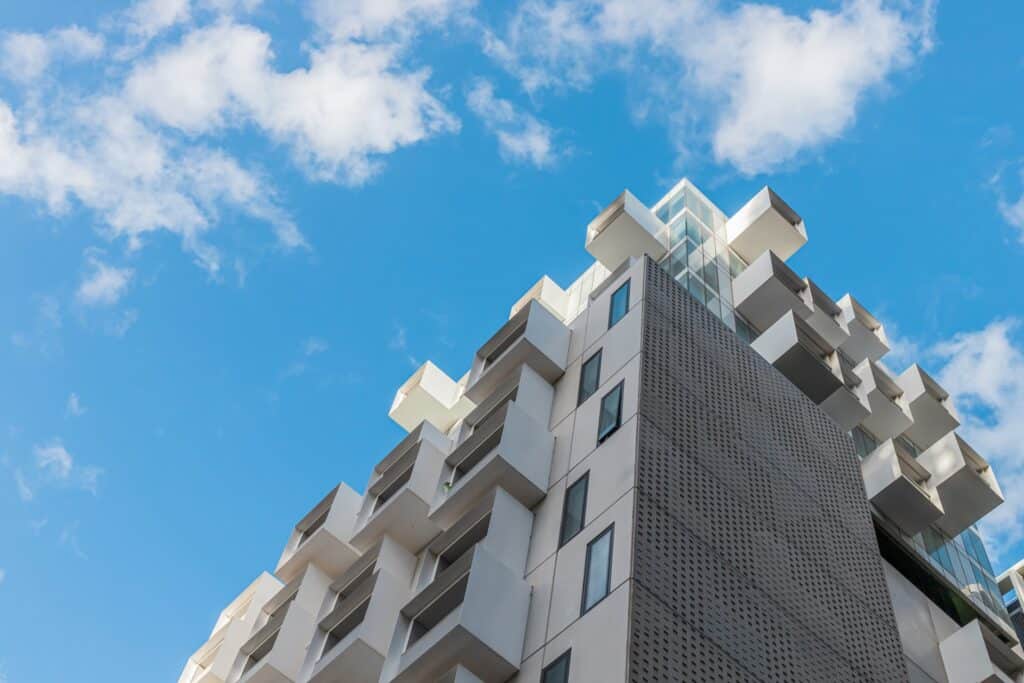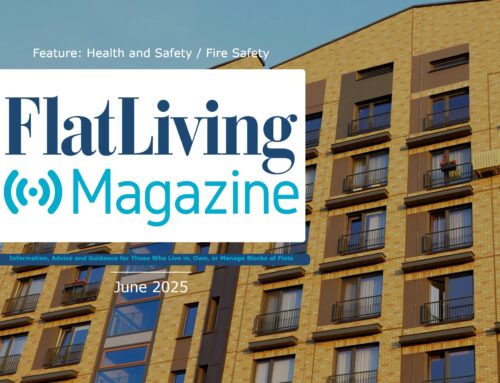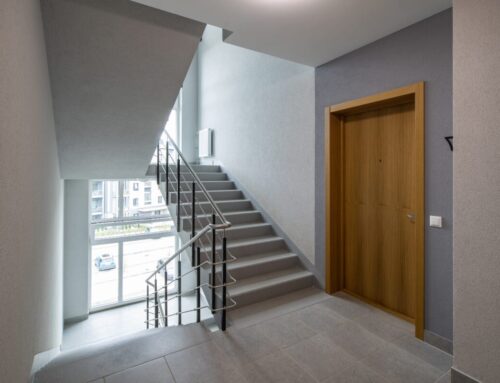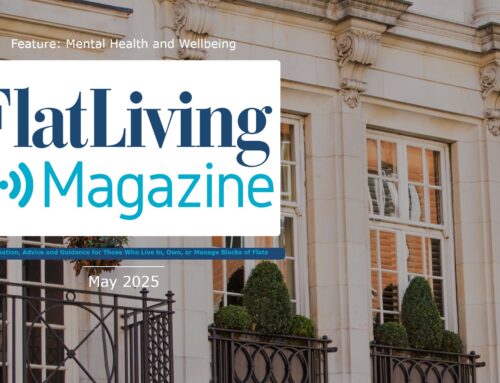Belinda Bagnall, Managing Director of Residentsline, provides information on how to check that your cladding is safe.
The cladding crisis has thrown into harsh light the dangers of incorrect cladding and below-par fire safety provisions in apartment blocks.
 The now infamous Grenfell Tower was clad in an aluminium composite material or ACM, which investigators founds was the main contributor to the ferocity and deadly nature of the blaze (along with other fire safety failings within the building). This cladding material is now quite rightly banned- but how do you know if the building you’re living in or the apartment you’re considering leasing is clad in safe materials?
The now infamous Grenfell Tower was clad in an aluminium composite material or ACM, which investigators founds was the main contributor to the ferocity and deadly nature of the blaze (along with other fire safety failings within the building). This cladding material is now quite rightly banned- but how do you know if the building you’re living in or the apartment you’re considering leasing is clad in safe materials?
Here we’ll be advising you re the routes you can go down to ensure that your investment or home is safe.
What Has the Government Done?
In the wake of the Grenfell disaster that killed 72 people, the Government has tightened up the regulations around fire safety in block of flats and apartments. While this is obviously a positive, it did cause some issues when it was first introduced.
Many sales were falling through as mortgage providers and insurers were requesting proof that buildings met the new guidance – something landlords couldn’t always provide. This is why the External Wall Fire Review Form (EWS1) was introduced in December 2019 by the Royal Institute of Chartered Surveyors.
The form is used to prove that an assessment has been carried out on the external wall construction and that the property is up to code. Initially, the form was only for use with residential buildings above 18 metres high- this has since been changed to be able to apply to all residential buildings.
The EWS1 must be completed by a qualified professional who physically inspects the property to ensure it is clad in non-combustible material. It is valid for the entire building for five years from the point of completion.
How Do I Get an EWS1 Form Completed?
The form can only be completed at the request of the building’s owner or the managing agent. It may well be that the building you live in or are considering buying within already has a completed assessment, in which case you can request a copy.
If it hasn’t yet been inspected, it may be because one needs to be arranged, or it could be because the building doesn’t actually require it. In November 2020, RICS and the Government updated their guidance to factor in criteria other than the height of the building in determining if an assessment was needed. This includes the type of cladding on the building, how much cladding is on the building, what balconies are constructed from and whether any combustible materials are present. Your Managing Agent or Landlord should be able to provide you with confirmation re the need for an assessment.
If your Managing Agent or Landlord aren’t sure about the materials used to clad the building, an assessment will need to be completed and they should arrange this at your request. If you come up against resistance from them, you can approach your local council for support.
The Tricky Part
It seems simple enough: get an assessment done, pass the result to your lender and go ahead with selling or buying your flat. This is true, but with one issue; the time it takes to arrange and undertake the assessment, and then the time it takes to rectify any defects.
Only qualified professionals can complete a ESW1 form and there are less than 300 fire safety engineers in the UK that fit the bill. Obviously, this has caused an enormous backlog with thousands of buildings yet to be assessed.
Once your property has been assessed, it’s likely you’ll fall into the 89% or so that require remediation works. This work will need to be carried out before the engineer can sign the building off, and getting such large-scale work funded and completed is very tricky.
In September 2020, the Fire Protection Association found that around 43% of residents who were going through the process has been told to expect a wait of more than two years…
In Conclusion
Confirming the safety of the cladding on your building is a relatively simple process, but the length of time it can take and the resulting spats over who will pay for remedial works can make it a lengthy, potentially expensive, process.
Ultimately, the crisis has slowed the flats market down and, if things are taking too long, you may have to consider pulling out of your sale or purchase for now. Let’s hope you may be one of the lucky ones who already has a completed EWS1 form, or that doesn’t require one.
If you’re struggling with a Managing Agent or Landlord that is dragging their heels, get your local council involved. Keep an eye out for Government updates re what they are doing to help with the costs of remedial works too as this guidance is constantly changing.
Head to the Residentsline website for information on all of our products and services or, if you’d like to speak to one of our fantastic, specialist team, give us a call on 0800 281 235.




Leave A Comment